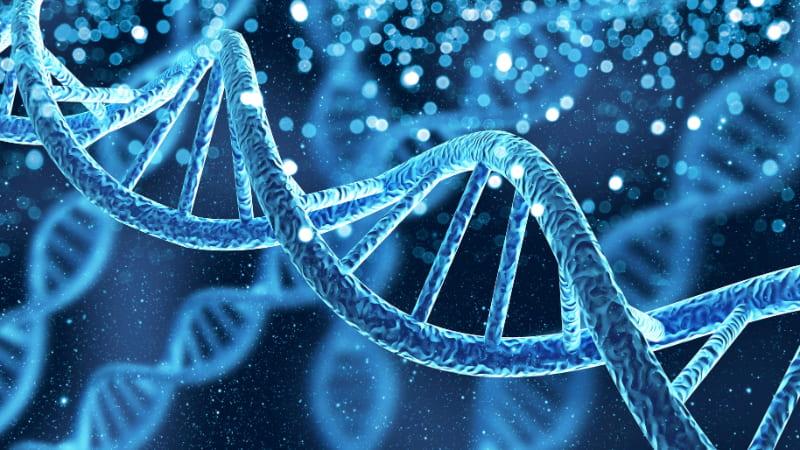
Congenital athymia
Congenital athymia is an ultra-rare condition in which children are born without a thymus, causing severe immunodeficiency and immune dysregulation.

Congenital athymia is an ultra-rare condition in which children are born without a thymus, causing severe immunodeficiency and immune dysregulation.
Find support from other members of the primary immunodeficiency (PI) community through various programs, including regional Get Connected Groups, our monthly web-based virtual caregivers support groups, and our one-on-one Peer Support program.
Rethymic
Allogeneic processed thymus tissue–agdc.
Approved to treat: Congenital athymia.
Report side effects/adverse reactions at 833-369-9868.
Providers and thymus tissue donors can potentially save the lives of individuals who live with congenital athymia. Sometimes during pediatric heart surgery, surgeons may need to remove thymus tissue in order to do the surgery. That thymus tissue is normally discarded. This is where you can make a difference!
This page contains general medical and/or legal information that cannot be applied safely to any individual case. Medical and/or legal knowledge and practice can change rapidly. Therefore, this page should not be used as a substitute for professional medical and/or legal advice. Additionally, links to other resources and websites are shared for informational purposes only and should not be considered an endorsement by the Immune Deficiency Foundation.
Adapted from the IDF Patient & Family Handbook for Primary Immunodeficiency Diseases, Sixth Edition.
Copyright ©2019 by Immune Deficiency Foundation, USA
Receive news and helpful resources to your cell phone or inbox. You can change or cancel your subscription at any time.